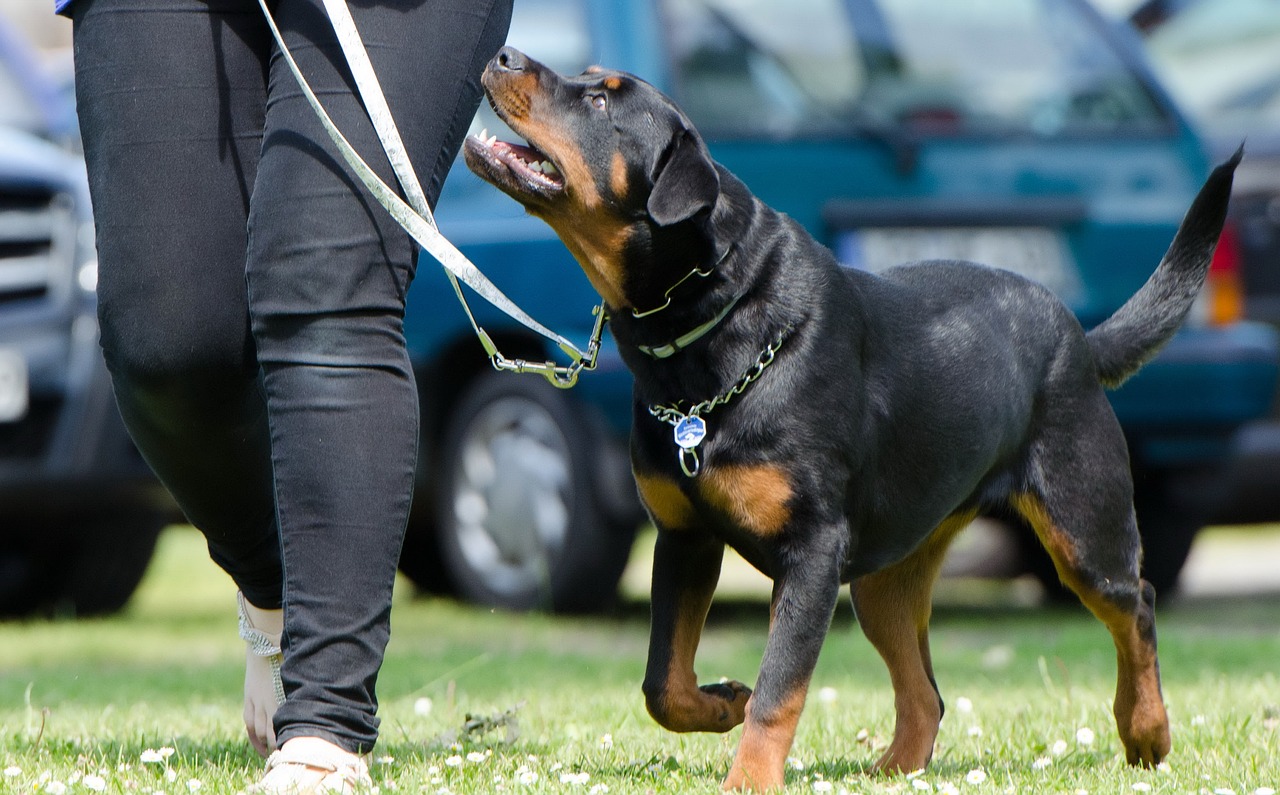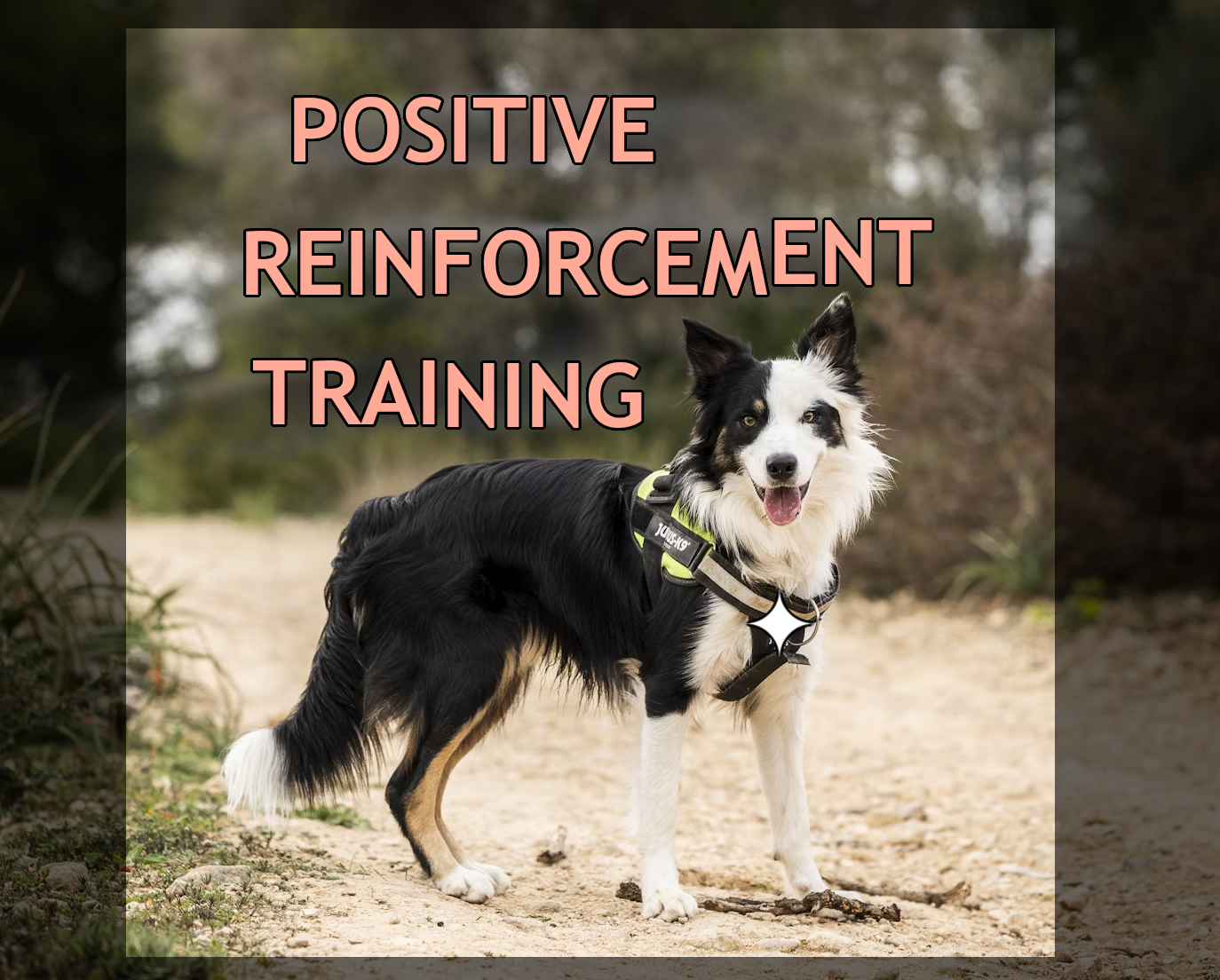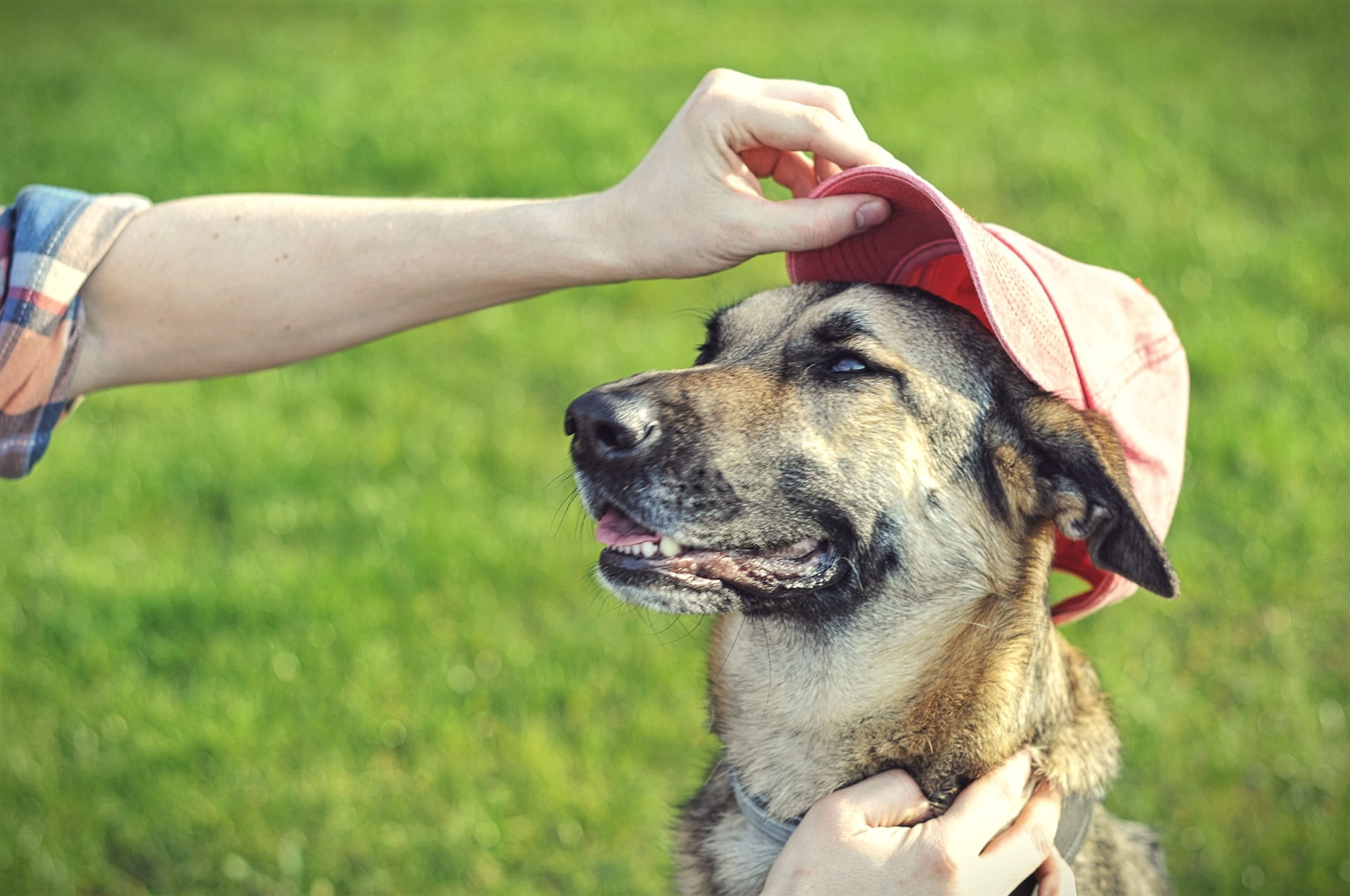Training

Life is busy and there are so many things vying for our attention and our time o many things we should be or could be doing, but anyone who’s around other animals, be they human or non-human, can benefit from a good basic understanding of behavior. As with everything, there’s so much more to subject ut my goal here isn’t to teach you how to train, to convince you that you should learn how, and that it will improve your relationship with your companions.
This can sometimes be a loaded topic as people might assume that we want to learn how to modify behavior so we can train an animal for sex. Let me kill that idea right now; sex is what’s known as a primary reinforcer, it’s something that feels good and is rewarding in and of itself and doesn’t need to be taught. If a person thinks they need to condition a partner to accept them, they will be much better off conditioning themselves to be more attentive to that partner than they will be trying to change the partner, be that partner another human or otherwise; it will take less effort and be more rewarding for all involved. Now with that out of the way...
I’ve talked to a lot of zoos who seem to disdain the idea of training, as though we’re imposing our will and forcing the animal to conform to something they wouldn’t otherwise do, turning them into some kind of meat powered robot hus training is not something a zoo should do. I do not believe this idea is valid, we can use sound methods to teach skills and behaviors which improve their lives and make them happier.
First off, it seems that the human default for dealing with behavior is to use punishment when we want to change ut using punishment is difficult to use correctly and fraught with problems. If we want to change a behavior, we have to time the consequence to occur during or immediately after the behavior and the consequence has to provide enough motivation. With punishment this means it has to be strong enough to actually decrease the rate of the behavior and occur while the behavior is happening. So any attempt to punish after the events isn’t going to affect the behavior you want and minor nagging punishment isn’t going to be enough to suppress the behavior; that’s before even considering the side effects that come with punishment!
Using punishment creates escape behaviors and associate the punishment with other things in the environment; you, other animals, the room, or anything else in the area. It is for these reasons most professionals don’t recommend using punishment; there are very few situations where punishment will be more effective than positive reinforcement, so there really isn’t much incentive to use it, except ignorance of better methods. It is important to remember that punishment sends only the information that something was wrong, but does not signal what is the right action and every time you use punishment the relationship between the two of you is easily damaged by the association of the punishment with you. If you’re using corrections or punishment, stop. Think about what behavior you want, and instead of punishing for non-compliance, reward for the behavior you want instead and you can avoid the complicated issues that come from using punishment.
If we shouldn’t be using punishment, what can we do? While a well timed punishment can reduce the rate of a behavior we don’t want, the opposite is also true; a reinforcer can make a behavior more likely to happen. The same rule applies; the reinforcement must come during or immediately following the behavior and the reward has to provide adequate motivation. What exactly is a reinforcer? In simple terms, it’s whatever the animal wants - food, affection, to play with a particular toy, your attention, the possibilities are endless and not the same for each individual. For example, some dogs are very food motivated, some are very driven by play. We have to find out what will motivate the animal.
Any interaction we have with another animal affects their behavior. For animals we interact with repeatedly, we can plan our interactions so that the experience shapes their behavior in ways that are beneficial, preferably for more than just them. There are ethical considerations that need to be considered before intentionally modifying behavior to ensure that the animal whose behavior is being changed isn’t being exploited, and we need to keep their interests in mind when training - changes should benefit the animal first and foremost. We can train behaviors that aren’t primarily of benefit to the animal, but it should never be at their expense.
There are primary and secondary reasons to train an animal. Primary reasons are anything that directly benefits the individual animal, things like mental stimulation, physical exercise, and cooperative care so that they can receive husbandry and veterinary care calmly and safely. All of the things we teach them that aren’t for the animal’s direct benefit are secondary reasons, but while these reasons may be important to us, they need to be secondary to the animal’s health and welfare.
I worked with a donkey who did not want anyone to touch her feet; this of course made it very hard to trim her hooves - a necessary procedure to keep a donkey healthy since a lack of hoof care can result in crippling afflictions. It made things problematic as the donkey needed to be sedated in order to manage the task, which added hassle, expense, and a little danger to the process. I tried every fruit and vegetable I could find to motivate her and she refused all of them, but in the end I found gumdrops that were motivation enough to allow us to desensitize her to having her feet touched. Over a period of a few days, we worked with me offering gumdrops while her handler gradually began working toward touching her feet, then lifting them, then holding her feet up, then rasping hooves, etc. After only a few sessions, this donkey who would fight and kick anyone who touched her feet allowed not only er handler, but a farrier to trim her hooves without sedation and without fuss. That’s a lot less stressful for everyone than doping her up isn’t it? his the kind of thing a zoo should do, teach an animal that it can be safe and even pleasant to receive necessary handling
If we are using positive reinforcement we are working with behaviors the animal already does. We can’t teach a dog to sit if the dog never sits as there’s no opportunity to reinforce the behavior. When the behavior we want happens, we can reinforce it, but we cannot create behavior out of nothing. It is important to understand that we’re not making the dog sit, they do that on their own, but they learn that if they do it they get something they want and thus do it more often hoping to get a reward for it.
When I have a dog I am taking to the vet, I make sure to deliver high value treats right when shots are being given to counter the negative effect the stick of the needle has, and bring the whole session back to the positive. As a result of things like this, all of my dogs love seeing the vet because it’s always a fun and rewarding experience for them.
We share our homes and our lives with our companions. We teach them not to go to the bathroom in the home. We teach them not to bolt through the door or to run into traffic. We teach them to walk beside us instead of dragging us around, potentially injuring themselves and us. We train them to calmly accept veterinary handling because it is better for them to not be afraid, and safer for all.
If we teach a dog to heel at our side and walk on a loose leash instead of pulling, we get to explore the world together more pleasantly, and if the dog is used to doing this often and is rewarded for it, they get to go more places with us because they have learned how to behave in a safe manner that doesn’t cause disruptions. For most dogs this builds confidence and allows them to be with us for more of our life, which I think most, if not all, dogs and zoos want...to spend more quality time with their companions.
Learning how to be an effective teacher/trainer isn’t hard, but it does require some effort to learn some core concepts and how to use them effectively. I’ve trained a lot of animals over the years -- cats, dogs, donkeys, horses, fish, pigs, rodents, and I’m sure there are some I am forgetting. For theory, learn about classical and operant conditioning. For solving some behavioral problems, learn about the various modes of “differential reinforcement” which we can use to train other behaviors to replace the problem, and for problems with fear, excitement, and aggression “desensitization and counter conditioning” can often be very useful, but we have to understand the tools and methods to use them effectively.
We don’t become masters overnight, but we can become very effective teachers in a short amount of time if we focus on the methods that work best. For those new to this I recommend reading Karen Pryor’s book, “Don’t Shoot The Dog”; you will be hard pressed to find a better introduction. There are countless videos by very competent people and there are a lot of videos by complete hacks. If you keep in mind what was covered here and focus on positive reinforcement and the fact that punishment creates more problems, you should be able to spot the treasure from the trash much more easily.
Article written by E Goldstein (September 2024)
Questions, comments or concerns? Check out our Discord server! discord.gg/EfVTPh45RE
Questions, comments or concerns? Check out our Discord server! discord.gg/EfVTPh45RE



